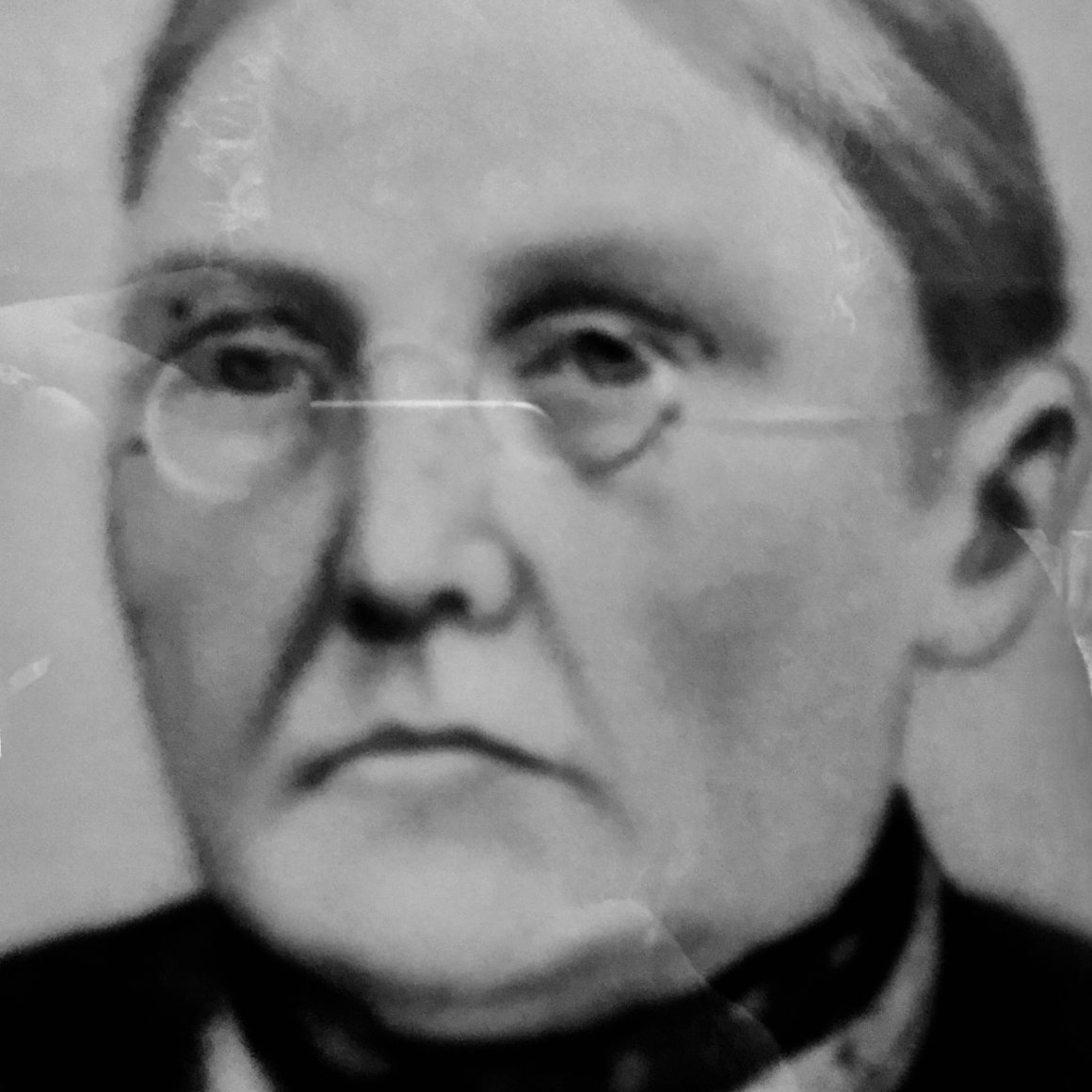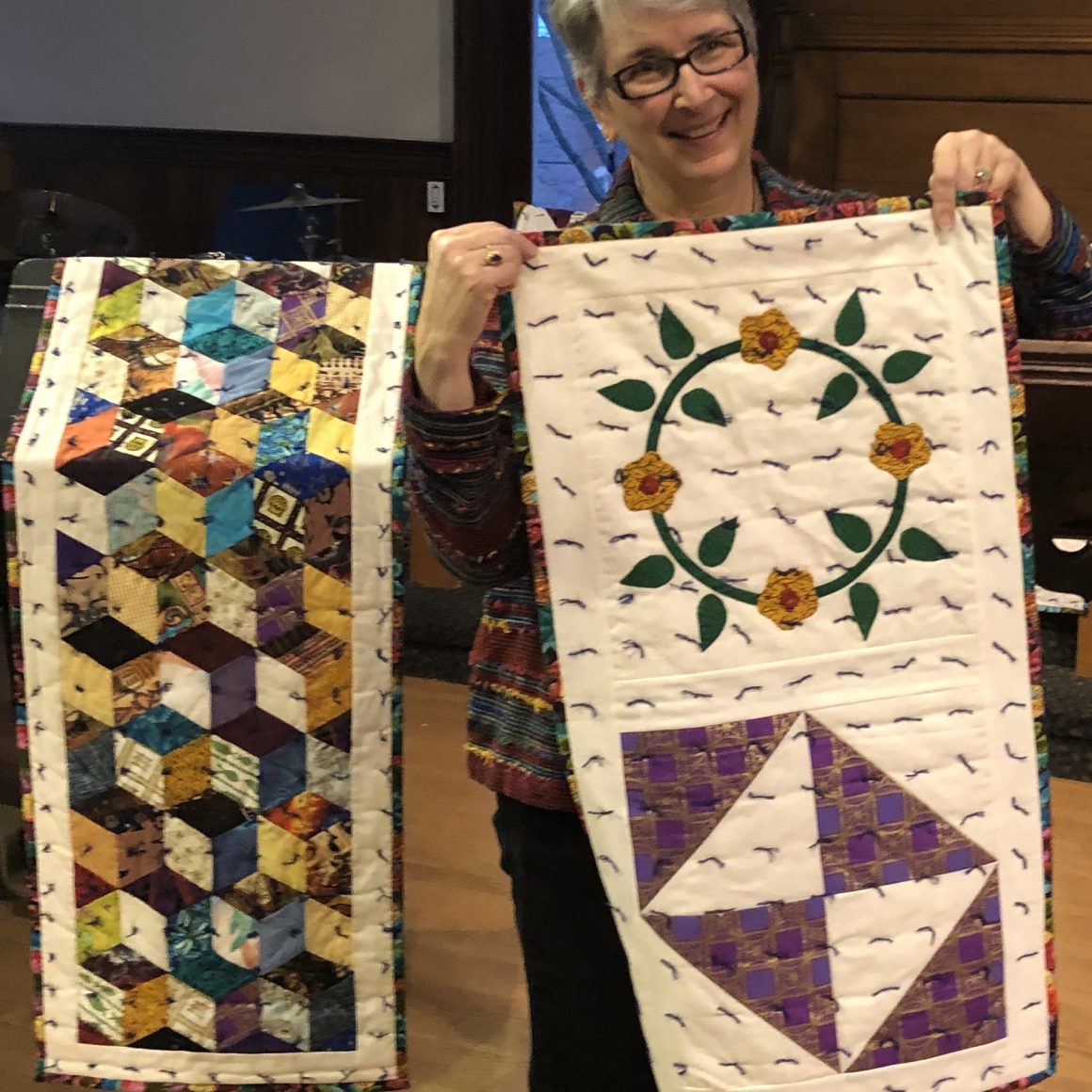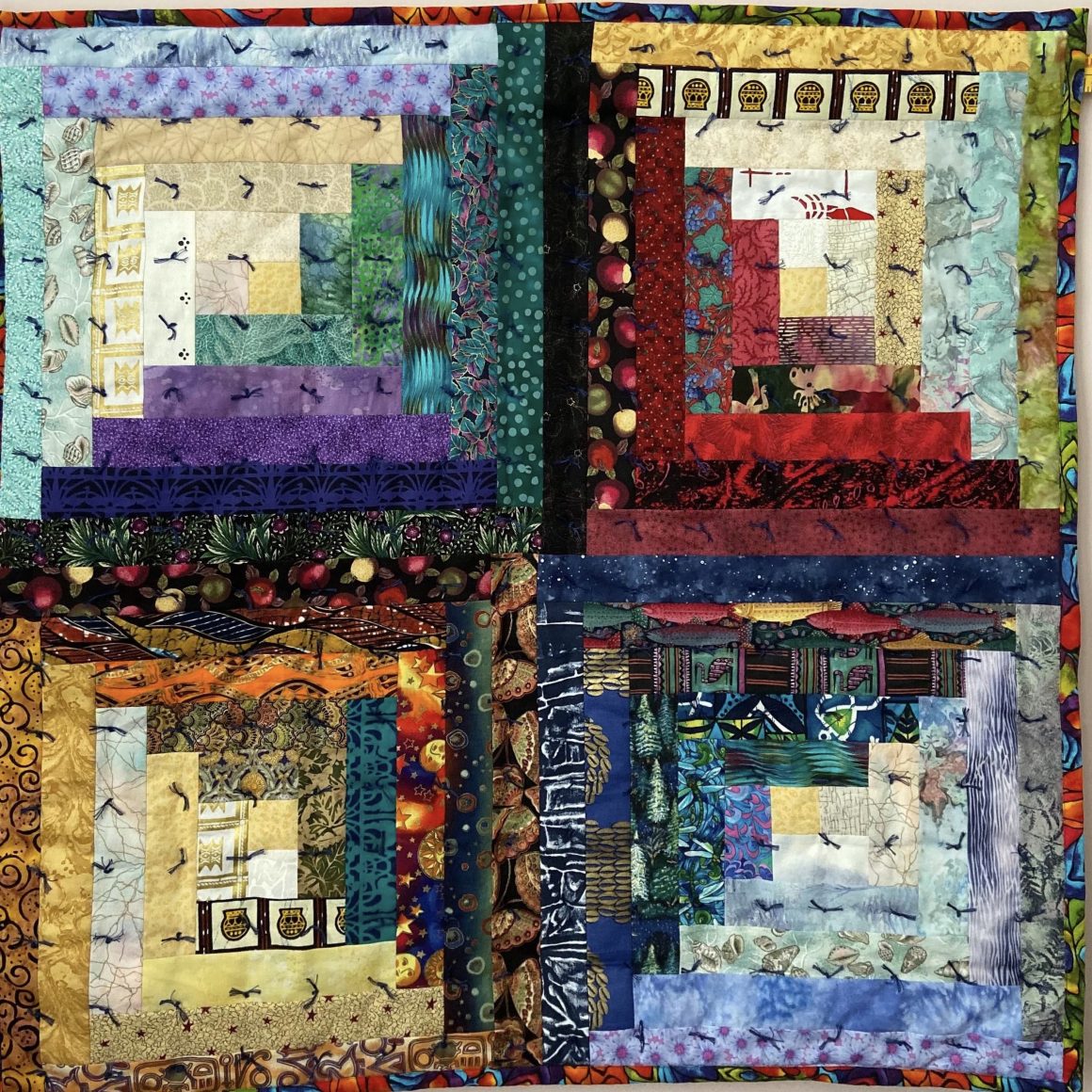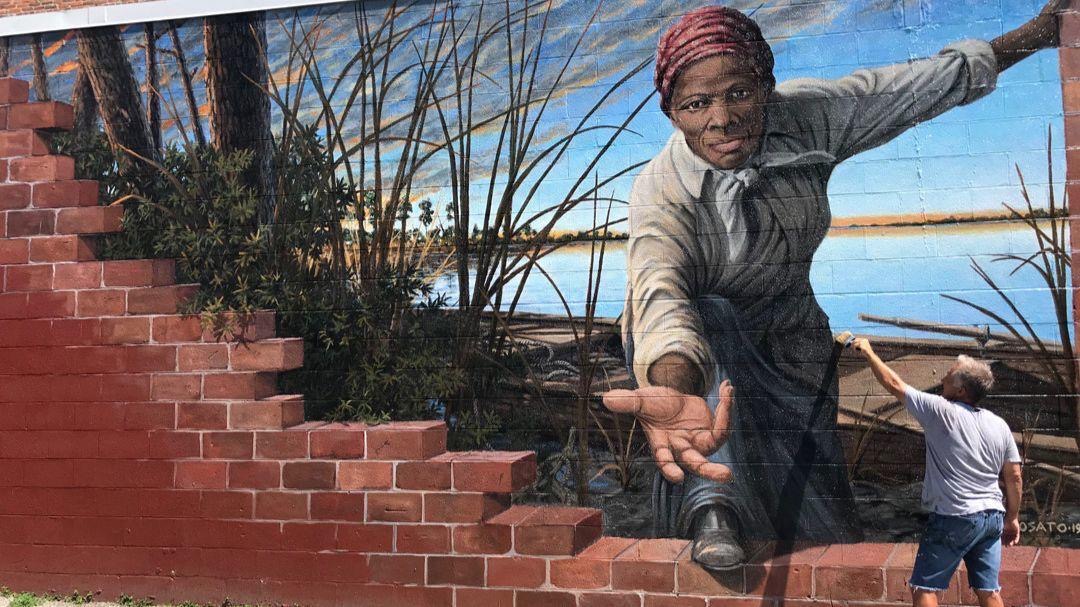This is a season of journeys on earth as well as heaven: Gabriel to Mary, Mary to Elizabeth, Mary and Joseph to Bethlehem, shepherds to the manger, wise men from the East, the flight to Egypt. Journeys require preparation even if it’s only putting on shoes and heading out the door. You may not know your destination, or have clear directions; you only know you’re on the way.


Some journeys require time travel. This is one of those. It started with an old newspaper clipping from the Parkersburg News, Sunday May 26th, 1968. It was a story about my grandfather, A.E. Hoyt. It was actually more than one story; one can still sense the reporter’s dilemma: what to do with all the stories? The houses he built? The early gas station he opened? His work in Paris during WW I? The stories spill across the page but the one that transports me to another time is his account of Ephraim W. Bee, his great grandfather and the Underground Railroad
“He ran a tavern for stagecoaches, which was also a stop on the Underground Railroad, and he and my grandfather, Josiah who was wounded at the Battle of Bull Run, dug caves back into the limestone rock of Jacoes’ Hill behind into the tavern.”
That clipping triggers a process of packing. I’m assembling scraps of history and snippets of story to piece together directions to a place in my past called The Beehive in Doddridge County. Ephraim’s extended family worked at the Inn as a new state is formed that sides with the Union. Ephraim even names one of his daughters, West Virginia, to honor the creation of the new state. My grandfather expands his story.
“One night, great-grandfather told a colored man who had been helping him, that there were two women and three children in a wagon under some hay and for him to come help them get into the caves. One of the women was his wife and they had a happy reunion there in the limestone cave on Jacoes’ Hill.”

Josiah and his wife Mary Jane move to Wirt County after the War. When he’s killed in an oil field accident, she purchases an inn, called the Kanawha Hotel. It begins as a three-story log cabin in 1800 and expands to meet the needs of booming early oil field, and all the river commerce that flows through the mountains. Mary Jane is an Innkeeper for 13 years. One of her daughters, Emma, meets and marries a guest at the hotel, and my grandfather’s life story begins.
After her children are grown, the Inn is sold; the family scatters; time passes; stories and structures are forgotten. How those pieces get reassembled and I end up as a keeper of this Inn is another matter. What I want to stitch together now in this season of Advent is a log cabin quilt pattern that holds my grandfather’s story of the Underground Railroad, and one of its conductor’s, the woman named Moses, Harriet Tubman.

Advent journeys require courage, and hope, and community. Those who travel need directions, and some used encoded quilts in their journey to freedom. Hidden in Plain View, by Jacqueline Tobin and Raymond Dobard recount a recovered history made by enslaved men and women that were used as signposts as part of the Underground Railroad. Colleen Hintz, a liturgical artist and activist, has recreated these quilts as paraments, and uses them to provide directions, particularly for those who’ve forgotten, or have never been taught the history of slavery in a nation that lost its way.
It’s easy to lose your way on this hard walk toward freedom for all and not some. I note again the date of the newspaper clipping, 1968, and my grandfather’s description of a “colored man”. I didn’t include that he told the reporter the man’s name was “Sambo”. What the reporter doesn’t include because my grandfather didn’t say is that he’d helped form the first KKK chapter of Parkersburg. That information was edited out of our family story when we were children. It was later redacted to include the rationale that it was just about immigration, and Catholics, as if that made it more moral or forgivable.
What I want to ask A.E all these years later is why he told the story of his great-grandfather’s Inn and the Underground Railroad in an interview in May 1968? Martin Luther King, Jr. had been assassinated in April. I study his picture on the ancestors’ wall and wonder. Was he trying to cover his tracks or find his way home?

I need Advent hope and courage for this journey of remembering, repentance, and restitution. Is it possible to believe that there will be peace from our uncivil wars? Is there any hope one nation under God, and not Caesar? I begin gathering my pieces to quilt together for the journey. The powerful invitation of Harriet painted on a city wall in Washington. Colleen’s log cabin hanging.

As Colleen explains, “The log cabin pattern was the safe house. The color yellow in the center was not the norm for log cabin quilts. Red was. Red signified heart and hearth and home. Yellow signified safe beacon.”
Safety on the journey to freedom. Safety for someone, anyone escaping slavery or imprisonment. Knowing, trusting when they see the yellow in the center that they are welcome. She reminds me that there are many ways to configure the quilt blocks. She’s chosen to make them into a cross.
“A stitch in time saves nine.” May this stitch be in time. A safe house in Almost Heaven. I want these old log walls in the Apple Pi Inn to mean what the log cabin quilt pattern once meant. I need help telling the story to those of us who may have forgotten, those who’ve never heard or any who have lost their way.
